Lessons and Insights from 30+ Years in Corporate Sales & Marketing
Yanni Kalajakis has amassed a wealth of knowledge in his over 30+ years in corporate America. A bay area veteran, he’s held multiple marketing and sales positions at Sun Microsystems during their rise as one of the most innovative companies in the early 2000s.
He’s done it all from customer marketing, industry marketing, and demand generation to business development and account sales—his resume is equally extensive as it is impressive.
A master at establishing a global channel, he offers up unparalleled insights on how to scale your business by leveraging the channel model.
Yanni is the founder of Skyline Consulting Services and is involved in a few exciting projects sure to shake up the tech and health markets.
I had the pleasure to sit down with Yanni and discuss his career, lessons learned over the years and how he sees the marketing profession evolving in the future. Enjoy the interview!

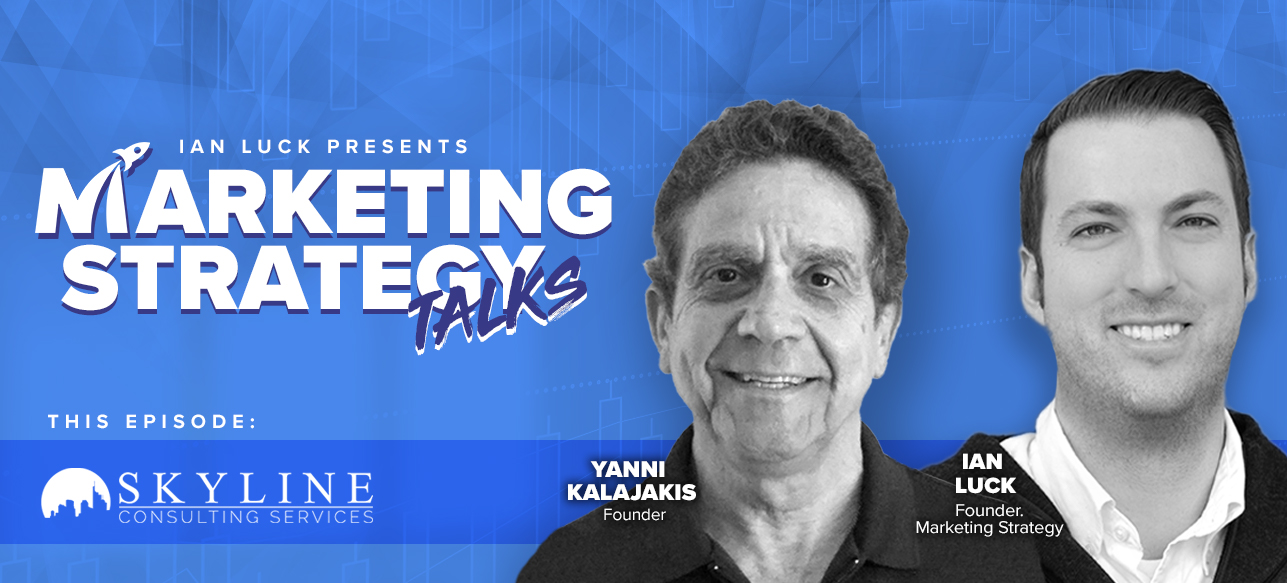
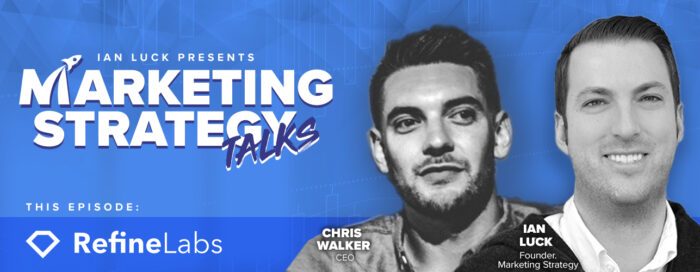
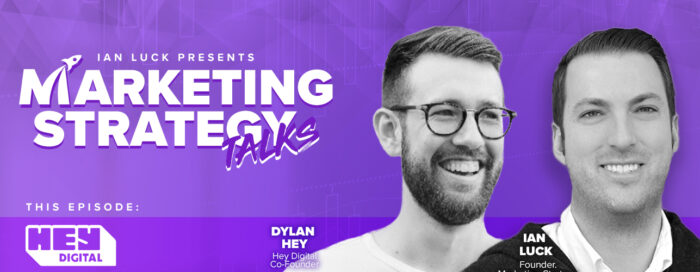
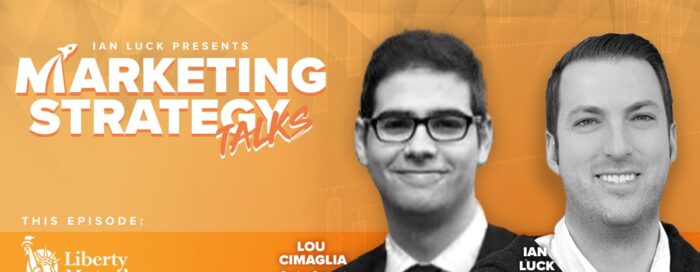
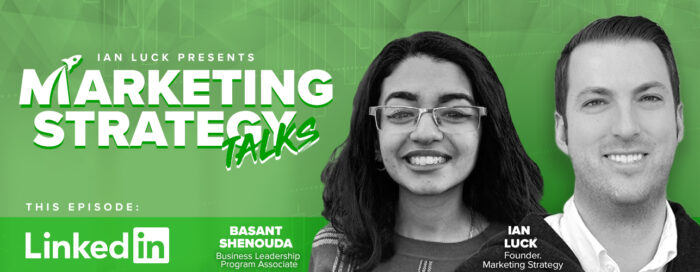
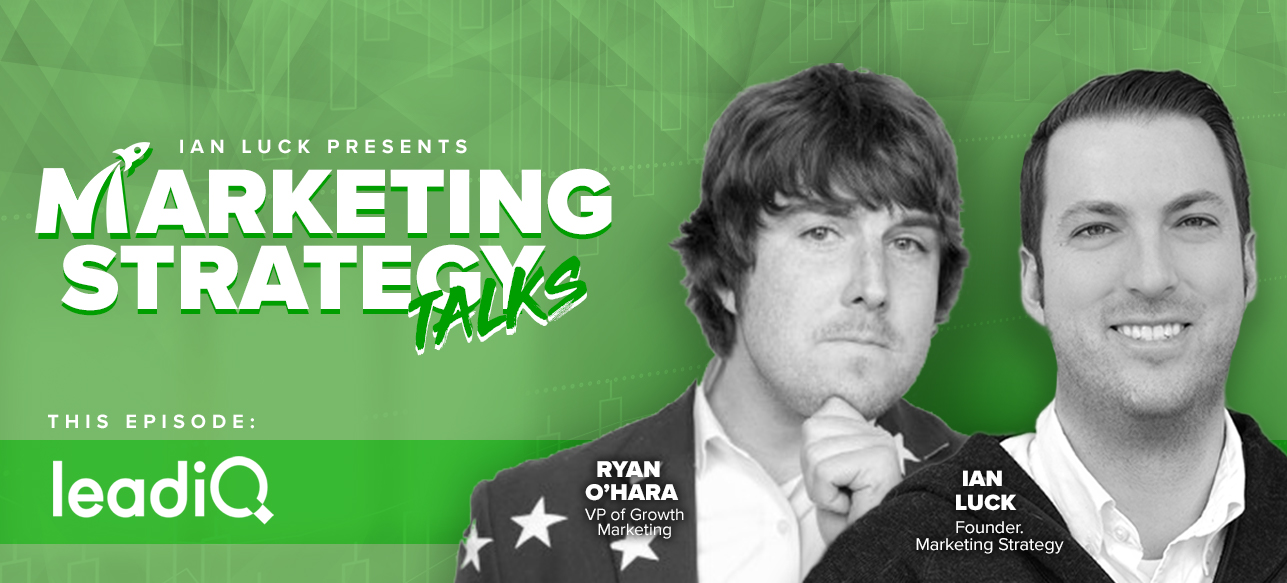
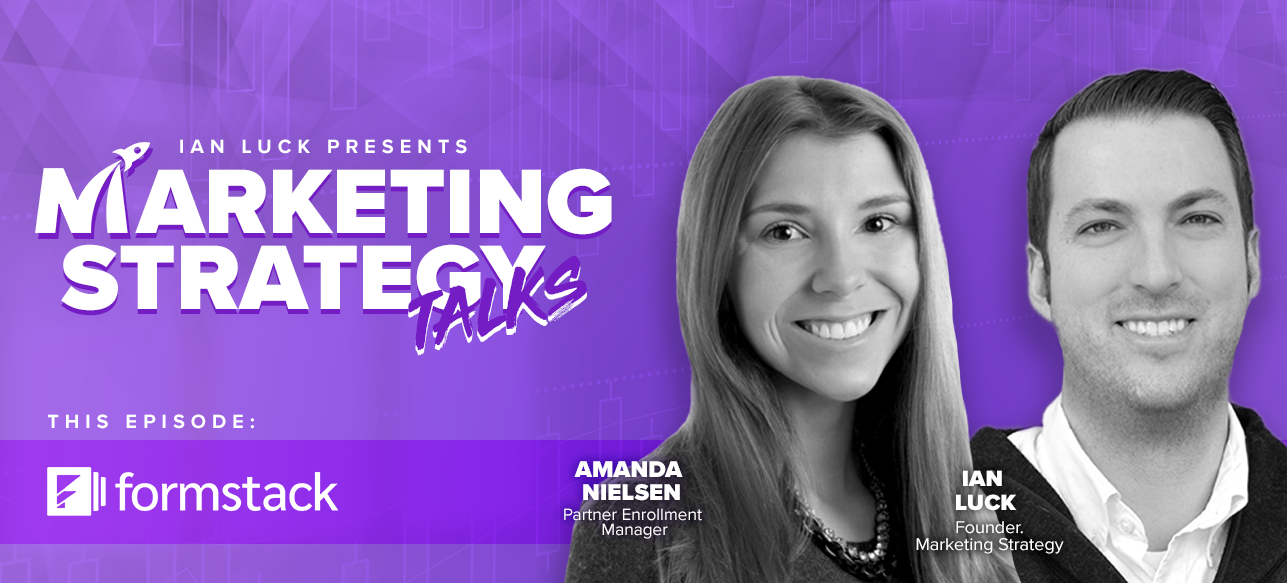
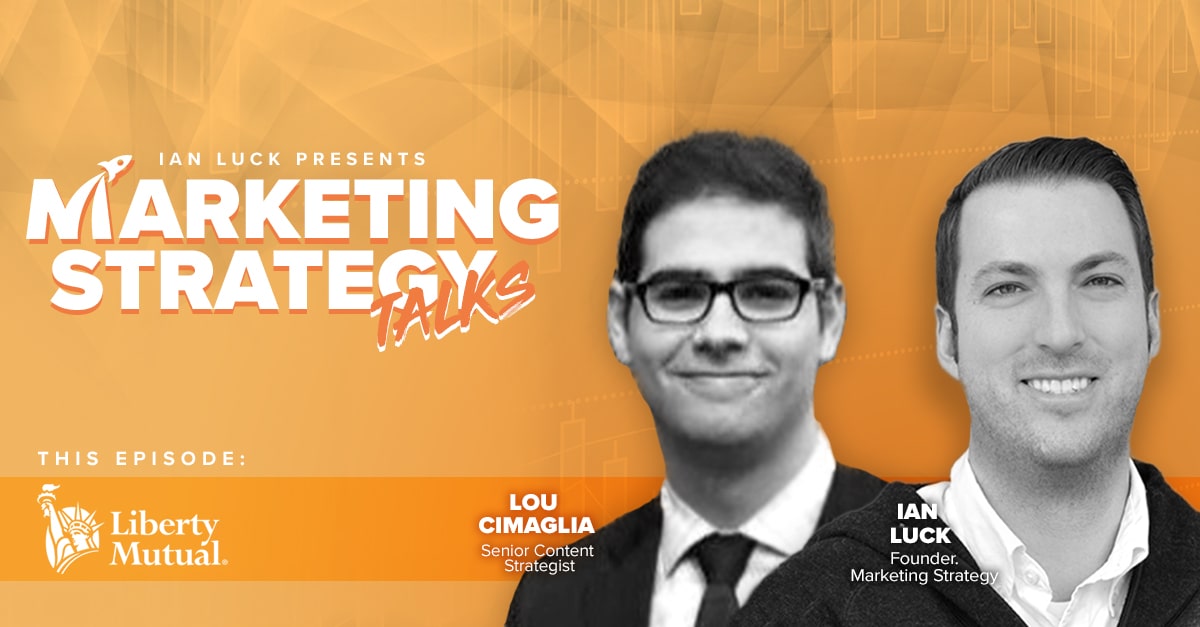







Leave a Reply